
Origin/Endemic status: Endemic
Synonymy: = Ar, C, F, Fl6, GW2, Il, K1, K3, K4, NcTx, Tat, Tn, Tx, Va, W, WH3, Lohmann & Taylor (2014), Manning (2000); = Anisostichus capreolata (L.) Bureau – G, RAB; = Anisostichus crucigera (L.) Bureau – S; = Bignonia crucigera L.
Wetland Indicator Status:
- Atlantic and Gulf Coastal Plain: FAC
- Eastern Mountains and Piedmont: FAC
- Great Plains: FAC
- Midwest: FACW
Heliophily: 5
Hover over a shape, letter, icon, or arrow on the map for definition or see the legend.
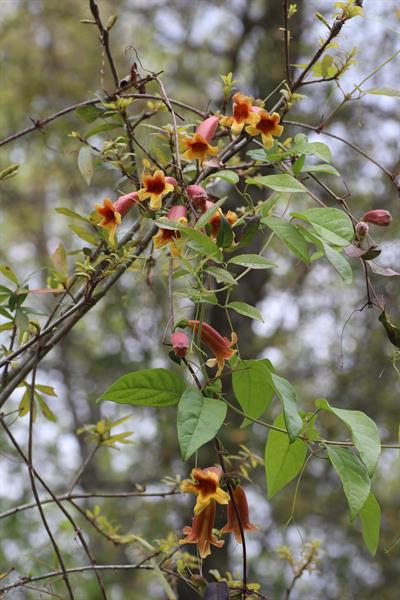 © Scott Ward | Original Image ⭷
© Scott Ward | Original Image ⭷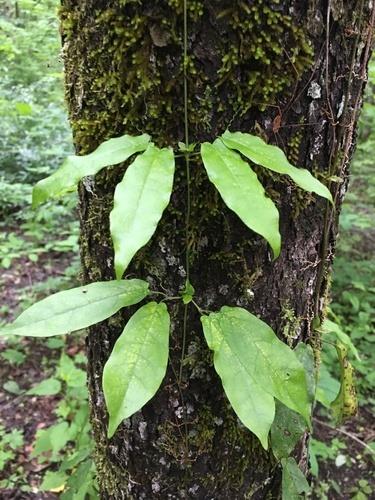 © Joey Shaw source | Original Image ⭷
© Joey Shaw source | Original Image ⭷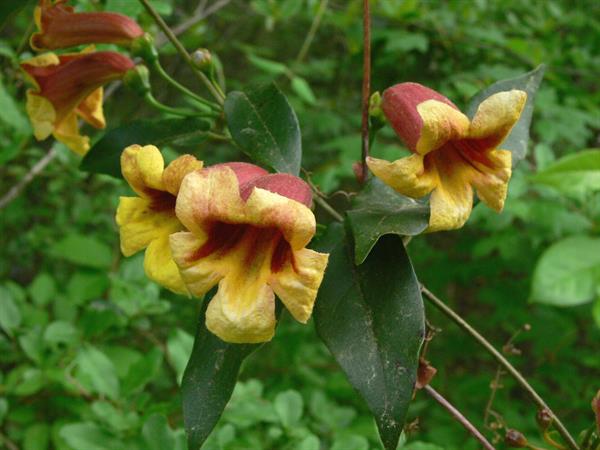 © Bruce A. Sorrie | Original Image ⭷
© Bruce A. Sorrie | Original Image ⭷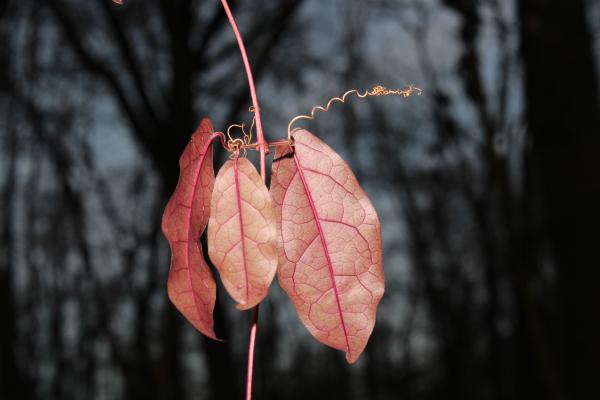 © Scott Ward | Original Image ⭷
© Scott Ward | Original Image ⭷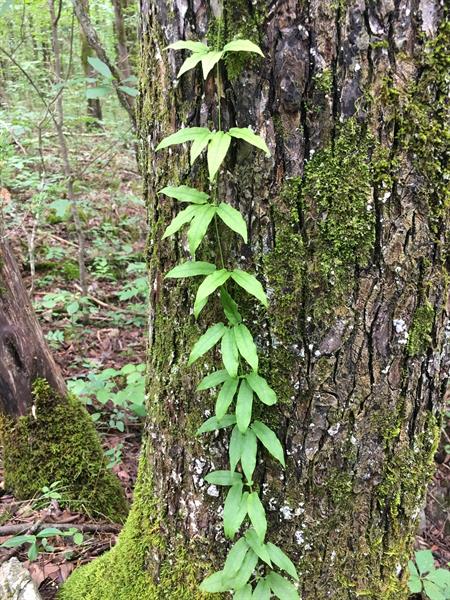 © Joey Shaw source | Original Image ⭷
© Joey Shaw source | Original Image ⭷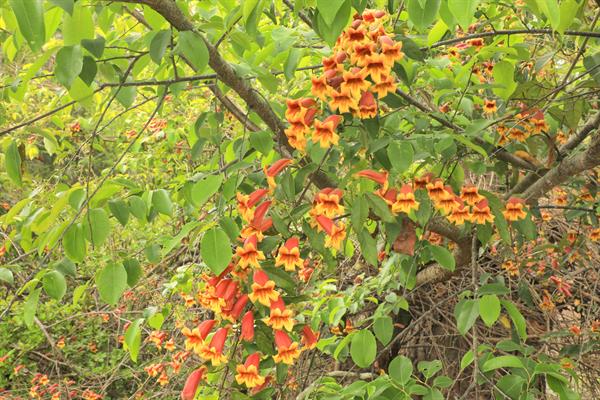 © Alan Cressler: Bignonia capreolata, Lithonia Gneiss Flat Rock, Arabia Mountain National Heritage Area, DeKalb County, Georgia 3 by Alan Cressler source | Original Image ⭷
© Alan Cressler: Bignonia capreolata, Lithonia Gneiss Flat Rock, Arabia Mountain National Heritage Area, DeKalb County, Georgia 3 by Alan Cressler source | Original Image ⭷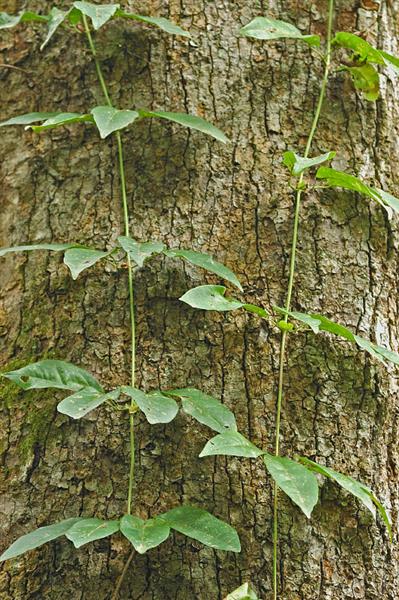 © Gary P. Fleming | Original Image ⭷
© Gary P. Fleming | Original Image ⭷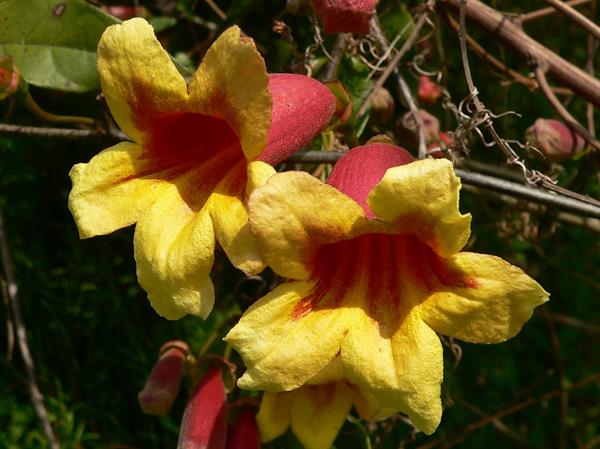 © Richard & Teresa Ware CC-BY-NC, permission granted to NCBG | Original Image ⭷
© Richard & Teresa Ware CC-BY-NC, permission granted to NCBG | Original Image ⭷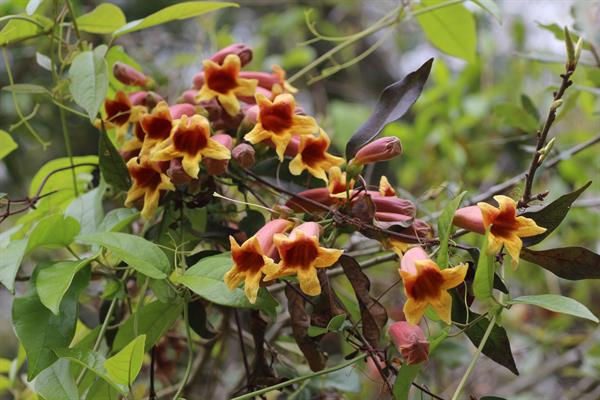 © Scott Ward | Original Image ⭷
© Scott Ward | Original Image ⭷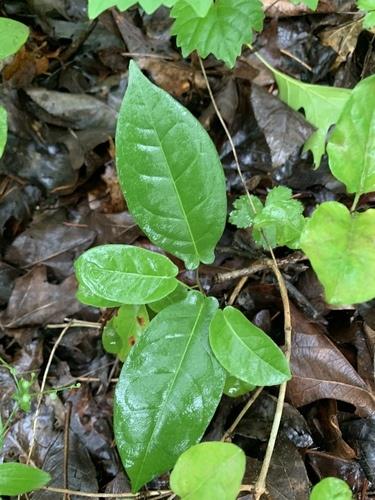 © Joey Shaw source | Original Image ⭷
© Joey Shaw source | Original Image ⭷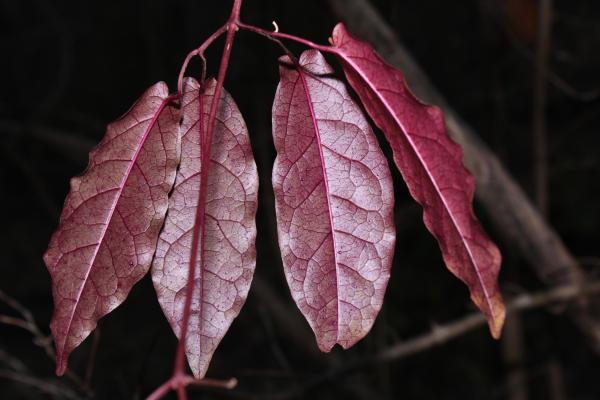 © Scott Ward | Original Image ⭷
© Scott Ward | Original Image ⭷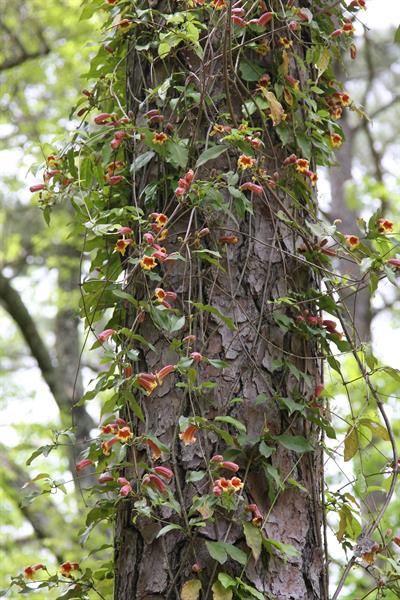 © Bruce A. Sorrie | Original Image ⭷
© Bruce A. Sorrie | Original Image ⭷Feedback
See something wrong or missing on about Bignonia capreolata? Let us know here: (Please include your name and email if at all complicated so we can clarify if needed.)
Cite as...